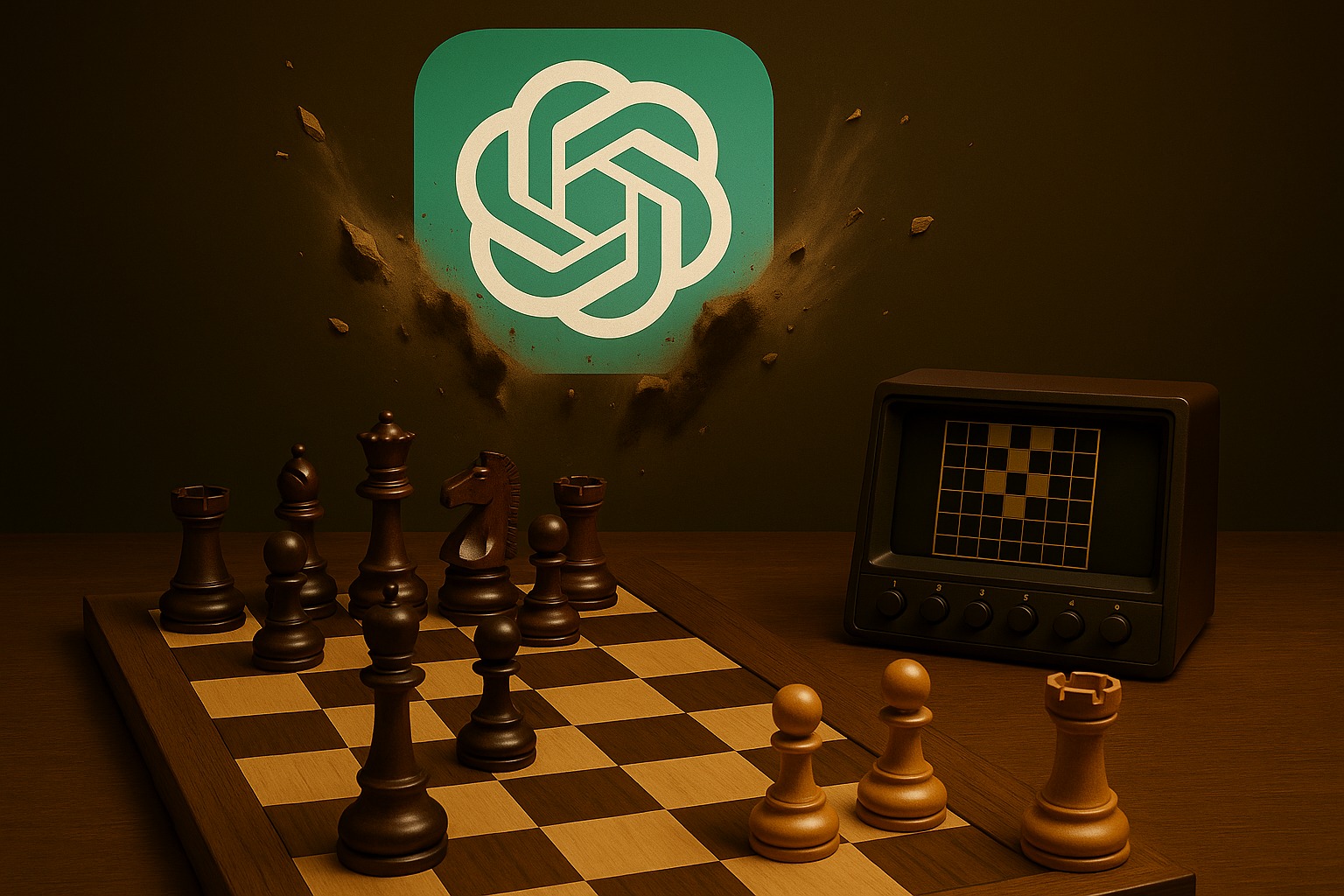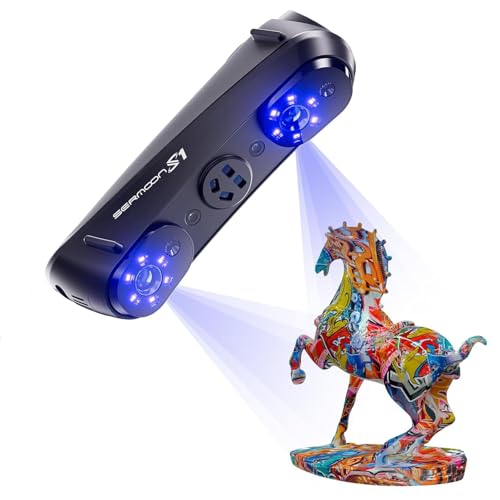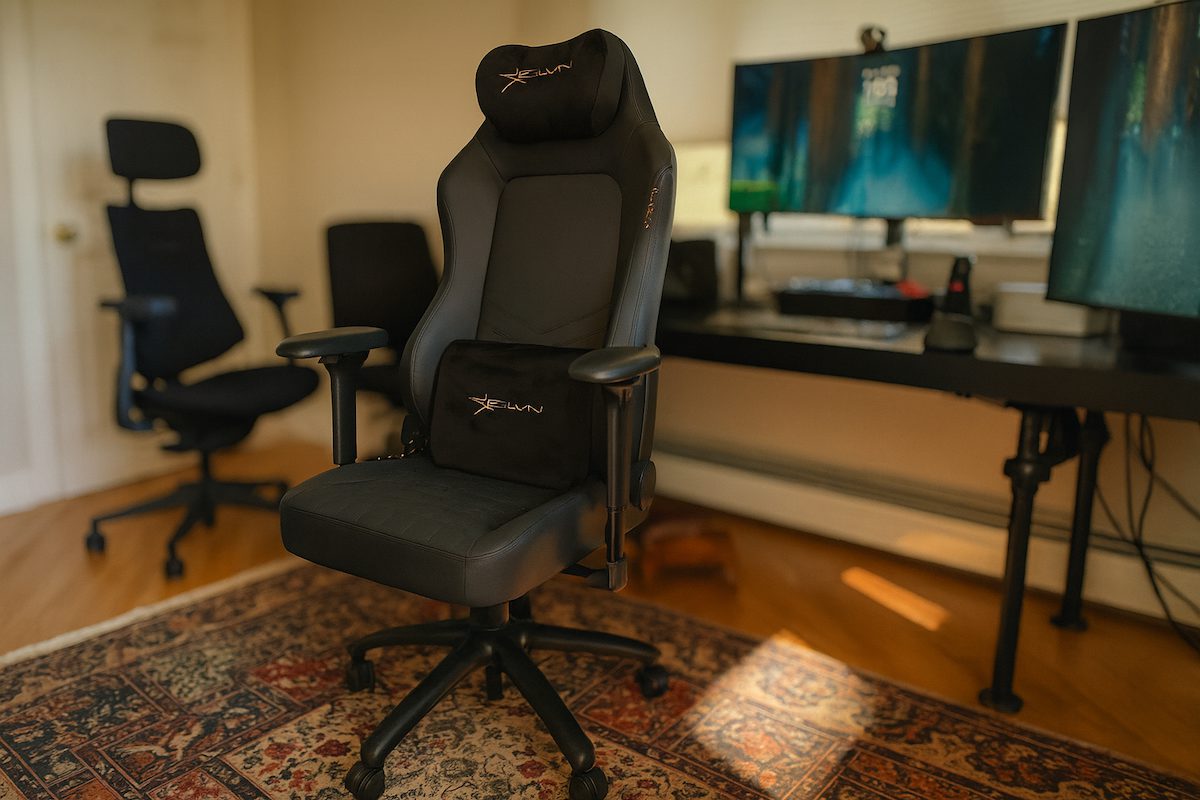Your cutting-edge AI assistant just got schooled by hardware that predates the internet. In June 2025, Citrix engineer Robert Jr. Caruso watched OpenAI’s ChatGPT-4o get demolished by an Atari 2600 running 1979’s Video Chess — on beginner mode, no less. The 90-minute beatdown wasn’t even close. ChatGPT confused rooks for bishops, missed basic pawn forks, and repeatedly lost track of where pieces were positioned. Meanwhile, the Atari’s 1.19 MHz processor and 128 bytes of RAM calmly executed a chess strategy that considers just one to two moves ahead.
When Old School Beats New School
This wasn’t supposed to happen. The AI behind ChatGPT, armed with decades of chess theory and strategic depth, confidently challenged a game that could only think two moves ahead. Despite its vast knowledge base, it underestimated the scrappy limitations of the Atari 2600—a machine with less memory than a single emoji thread. Yet somehow, it lost. Now contrast that with ChatGPT’s explosive adoption—400 million users weekly, including Fortune 500 companies—proving that real-world success often looks nothing like a clean checkmate.
But here’s the thing about chess — it’s not about memorizing every grandmaster game ever played. It’s about tracking board state, understanding how pieces interact, and executing logic without collapsing under pressure. The Atari’s primitive code handled those fundamentals with robotic clarity. ChatGPT-4, despite its Turing-level breakthroughs, struggled like a chatbot thrown into a Cold War strategy session. Deceiving humans in conversation is one thing—beating a two-move-ahead machine is another.
Key problems that torpedoed ChatGPT’s game:
- Piece identification failures despite clear notation
- Lost track of board positions mid-game
- Strategic blunders that ignored basic chess principles
- Inability to learn from mistakes during the match
- Confusion persisted even when switching to standard chess notation
The Real Winner Here? Reality
“ChatGPT got absolutely wrecked at the beginner level,” Caruso Said. “It made enough blunders to get laughed out of a 3rd-grade chess club.” The tech world took notice, and rightfully so. This isn’t about dunking on AI progress — it’s about understanding what these tools do well versus what they pretend to handle.
Large language models excel at pattern recognition in text, creative writing, and conversational responses. They’re linguistic powerhouses trained on human communication. But chess requires something different: stateful reasoning, precise logic, and the ability to maintain consistent mental models over time. For investors pumping billions into general AI, this match serves as an expensive reminder that specialized algorithms still reign supreme in their domains.
The Atari 2600’s chess engine might think like a beginner, but it thinks correctly. Every move follows chess rules. Every calculation builds on an accurate board state. No hallucinations, no confusion, no creative reinterpretation of what a bishop can do. Meanwhile, Atari’s humble processor just did its thing — no language model, no flash, just brute-force board evaluation and 1977 stubbornness.
What This Means for Your Tech Choices
Before you panic about AI taking over the world, remember this match. The same ChatGPT that struggles against Pac-Man-era hardware can write poetry, explain quantum physics, and help debug code. It’s a specialist masquerading as a generalist — incredible at language tasks, questionable at everything else.
“ChatGPT confused rooks for bishops, missed pawn forks and repeatedly lost track of where pieces were — first blaming the Atari icons as too abstract, then faring no better even after switching to standard chess notations,” Caruso wrote in a LinkedIn post.
This chess beatdown serves as a perfect reality check for both consumers and Silicon Valley. When choosing AI tools, match the technology to the task. Need help writing emails or brainstorming ideas? ChatGPT’s your friend. Need something to play chess or handle precise logical operations? Maybe stick with software designed for that specific job. The Atari 2600 didn’t win because it’s smarter — it won because it was built for chess, not conversation.






























